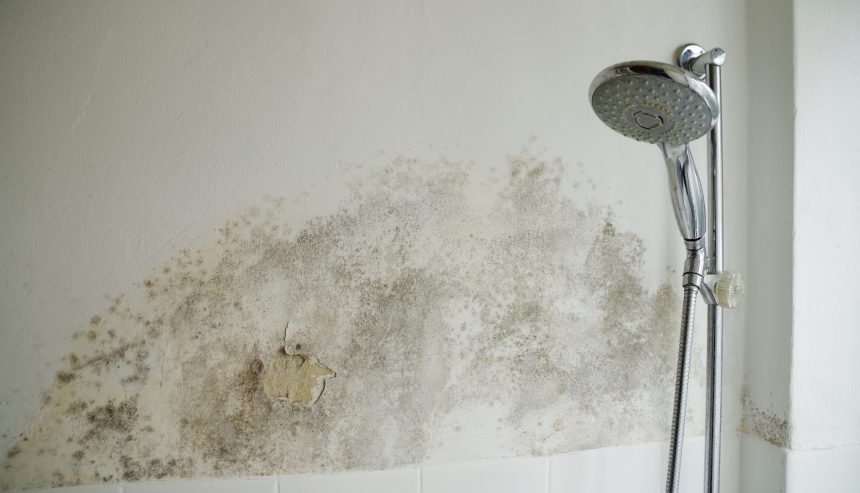Preventing Water Damage in the Bathroom
Preventing Water Damage in the Bathroom
Blog Article
Are you currently in search of selective information concerning Common Causes of Water Damage in a Bathroom?

The shower room is very prone for wet accumulation as well as possible water damage because of the constant use water in it. This short article provides basic evaluation methods to aid identifying water damage dangers.
The constant use of water in the restroom makes it exceptionally vulnerable for moist build-up and also potential water damage. By evaluating it regularly, you can decrease water associated problems.
The complying with collection of inspections is simple to do and also need to be done once in every three months in order to maintain your shower room healthy and to prevent prospective water problems brought on by the bath tub, the shower, pipe joints and plumbing, sinks, cupboards, as well as the bathroom
Do not forget performing these inspections and be extensive while doing them. Remember that these straightforward inspections can save you a lot of money by offering early indicators for water damage
Tub as well as Shower
The shower as well as tub call for unique focus and also upkeep. Examine the floor tiles and also change if split. See to it that there is no missing out on cement in between the floor tiles. Check and also change split caulking at joints where the wall surfaces satisfy the floor or the bathtub. Clogged drains and pipes troubles will certainly protect against the bath tub from drying out as well as may suggest major problems beneath the tub. Speak with a professional instantly to prevent architectural damages. Focus on discolorations or soft areas around the bathtub wall surfaces as they might show an inner leakage.
Plumbing
Signs for water damages are difficult to discover considering that a lot of pipes are set up inside the walls.
Pay special attention to floor covering and also wall surfaces wetness as well as spots as they may indicate an invisible plumbing trouble. Inspect wetness levels in adjoining rooms too.
Sinks and also Cabinets
Sinks as well as cupboards are exposed to moisture and also moisture everyday as well as are frequently overlooked. Evaluate regularly under the sink and on the kitchen counter over it. Repair any kind of drip in the catch as it may recommend drain problems. Check out the sink, sluggish draining pipes might indicate an obstructed drain. Change sink seals if they are split or loose.
The Commode
The bathroom is a vulnerable water joint. Check the water lines and also search for leakages around the bathroom seat, in the hose, as well as under the water tank. If you find any type of indicators of wetness on the flooring around the bathroom, look for leaks in the toilet edge as well as container seals.
Know that hanging toilet dish antiperspirants boosts the chances for blockages.
10 TIPS TO PREVENT WATER DAMAGE IN THE BATHROOM
The average household uses approximately 80-100 gallons of water per person per day. For a family of 4, that's almost 2,500 gallons of water a week! The largest portion of this consumption comes from bathroom use. Flushing the toilet uses the most water, followed by taking a shower or bath. With that much water running through the home, water damage in the bathroom is bound to happen. Knowing how to spot signs of a water leak is essential to preventing long-term damage. This guide provides you with tips to reduce the impact of water damage on your bathroom.
CAUSES OF BATHROOM WATER DAMAGE
Pipe breaks are the most common cause of water damage we see in our daily jobs. The age of a pipe plays a large role in a pipe break as well as corrosion. Over time, the metal begins to break down, allowing water to escape. Frozen pipe breaks are also a concern in the winter months. Toilet overflows caused by paper products or children flushing inappropriate items. Degraded caulking around the toilet or bathtub can allow water seepage, sometimes behind the fixture, into the subfloor or walls. Condensation forms when the water in a pipe is cooler than the air temperature. Beads of water form on the exterior of the pipes, sometimes so much so that the water begins to drip and pool below. Sink or shower backups created by poor drainage. HOW TO PREVENT WATER DAMAGE IN YOUR BATHROOM
Inspect your toilet supply line for worn or frayed hoses and replace them as needed. Winterize your plumbing to prevent a frozen pipe break. Use vent fans to prevent condensation that can lead to mold growth. Routinely check and replace degraded caulking around your toilet or bathtub. Increase the temperature in your toilet tank and insulate your pipes during the warm summer months to keep condensation from forming. Use child safety locks on the toilets. Flush only toilet paper. "Flushable" wet wipes are actually not good for your plumbing system. Additionally, feminine hygiene products should not be flushed. Prevent water from escaping the tub or shower. Make sure shower curtains are in good condition. Inspect shower doors and replace the seal strip if necessary. Wipe up any water that accumulates on the floor and use bath mats. Water left to sit can cause damage to the tiles and flooring. Refrain from using bath products containing heavy oils to avoid a clogged drain.

As a passionate person who reads about Common Causes of Water Damage in a Bathroom, I figured sharing that excerpt was mandatory. Sharing is nice. Who knows, you could be doing someone a favor. We value reading our article about Common Causes of Water Damage in a Bathroom.
Or Book Technician Here Report this page